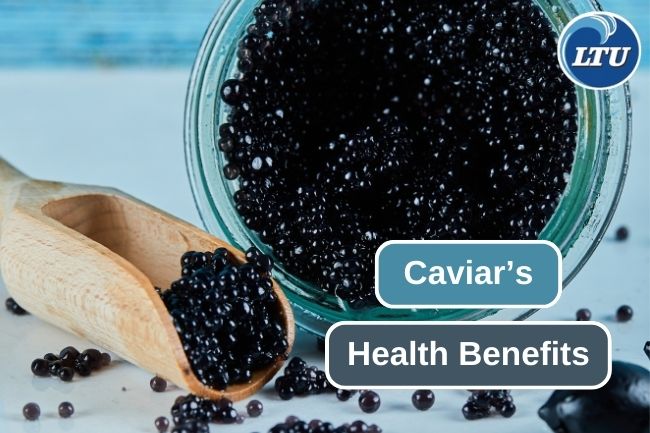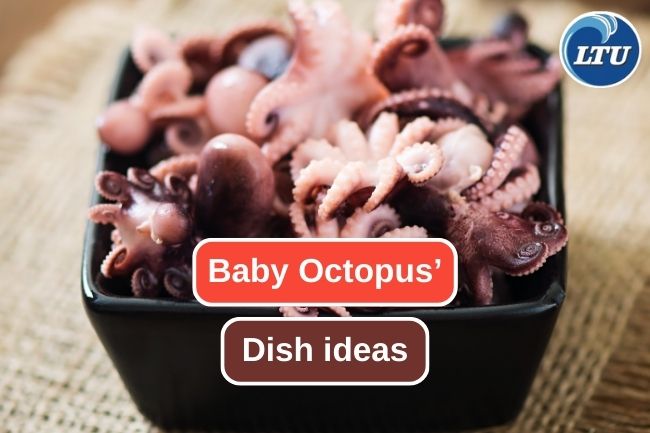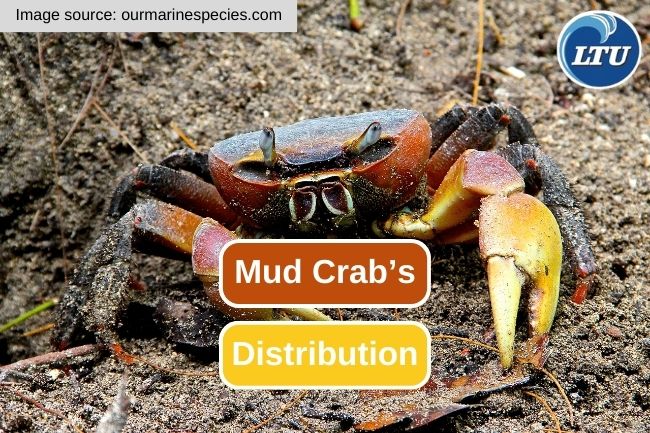Maintenance System in Net Cage Cultivation
By. Nevanda - 25 Sep 2023
lauttimur.com - Maintaining a net cage in aquaculture is essential to ensure the health and well-being of the cultured fish, the sustainability of the operation, and to prevent damage to the environment. Here's a guide on how to maintain a net cage effectively:
1. Regular Inspection
- Perform routine visual inspections of the net cage and its components. Look for any signs of wear and tear, damage, or weaknesses.
- Check for holes, breaches, or tears in the netting. Repair any damaged areas promptly to prevent fish from escaping and to deter predators from entering.
- Inspect the mooring system, anchors, and buoys. Ensure they are secure and functioning correctly.
2. Net Cleaning
- Regularly clean the netting to prevent fouling and biofouling. Fouling can negatively impact water circulation and oxygen exchange. You can use soft-bristle brushes or pressure washers to remove algae and debris from the netting.
- For more extensive fouling, consider lifting the net cage partially or entirely out of the water to allow for thorough cleaning and maintenance.
3. Anti-Fouling Measures
Implement anti-fouling measures to prevent or reduce fouling on the netting. This may include using copper-based antifouling coatings or attaching anti-fouling panels to the netting.
4. Regular Monitoring
- Monitor the environmental conditions inside the net cage. Regularly test water quality parameters such as dissolved oxygen, temperature, salinity, and ammonia levels.
- Adjust feeding rates based on water quality and fish behavior to prevent overfeeding, which can lead to poor water quality.
5. Predator Control
Install predator deterrents such as bird nets, seal scarers, and underwater predator netting to prevent birds, seals, and other marine animals from damaging the net cage or harming the fish.
6. Disease Prevention
Implement a biosecurity protocol to prevent the spread of diseases. Quarantine new fish before introducing them to the net cage, and ensure that visitors and equipment are properly disinfected.
7. Net Tension and Repairs
- Maintain proper net tension to ensure the net cage retains its shape and integrity. Adjust net tension as needed.
- Regularly check and repair any damaged or weakened parts of the netting. Promptly replace or patch any holes or tears.
Read also: Here Are Some Essential Nutrition from Crabs
8. Structural Maintenance
- Ensure the frame or structure of the net cage is in good condition. Regularly inspect and maintain floats, walkways, and anchoring systems.
- Periodically assess the integrity of the entire cage structure and make necessary repairs or replacements.
9. Safety Measures
Implement safety protocols for workers and visitors to minimize accidents. This includes providing safety equipment, training, and emergency response plans.
10. Record Keeping
Maintain detailed records of maintenance activities, environmental conditions, and fish health. This information can be invaluable for making informed decisions and improving your aquaculture operation.
Regular and thorough maintenance of net cages is crucial for the success of aquaculture operations. It helps ensure the welfare of the cultured fish, protects the environment, and maintains the sustainability of the industry. Additionally, staying up-to-date with the latest aquaculture best practices and technologies is essential for efficient and responsible fish farming.
Read also: Sustainable Seafood: The Eco-Friendly Choices for Your Healthy Diet








